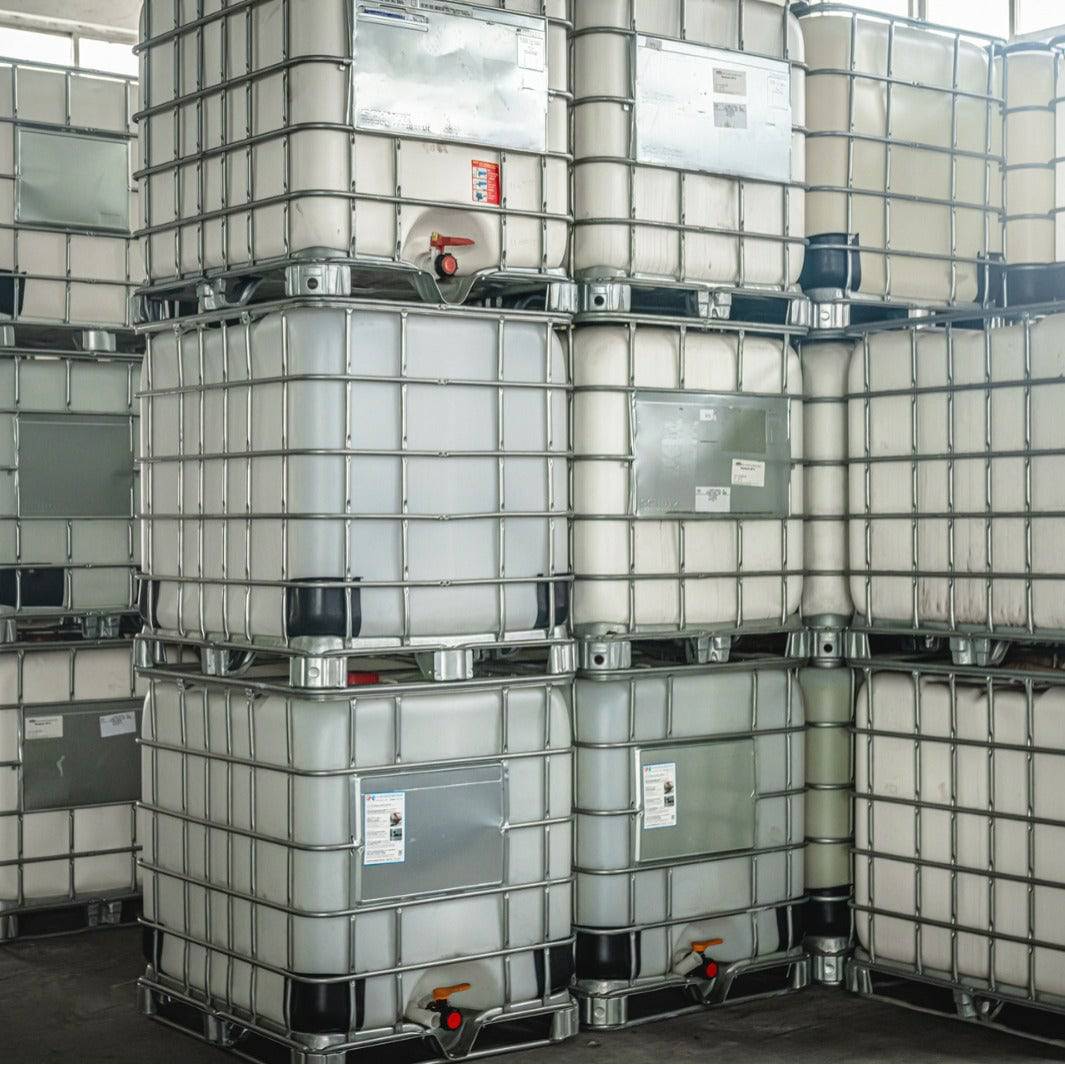The 9-Second Trick For Chemie
The 9-Second Trick For Chemie
Blog Article
Our Chemie PDFs
Table of ContentsThe Single Strategy To Use For ChemieExamine This Report on Chemie8 Easy Facts About Chemie ShownNot known Details About Chemie The smart Trick of Chemie That Nobody is DiscussingChemie Can Be Fun For Anyone
(https://www.twitch.tv/chemie999/about)Measured adjustment in electric conductivity of fluid samples as a function of time when mixed with the resin example in the closed indirect cooling loop experiment. Number 6 reveals the change in the gauged electrical conductivity of the fluid examples when stirred with the resin sample. The conductivity of the water example from the closed loophole experiment decreased by about 70% from 11.77 S/cm to 3.32 S/cm in six hours.These outcomes suggested that the capability of the resin relies on the test liquid used for the experiment. This shows that different ions present in the fluid will certainly result in various ion exchange capability of the fluid. Determining the ion exchange resin capacity with the fluid sample from the actual cooling loophole is crucial.
The smart Trick of Chemie That Nobody is Talking About
An ion exchange material cartridge having 20g of Dowex combined bed resin might take on order 938 days to fill - fluorinert. To put it simply, to preserve a reduced electrical conductivity, a resin cartridge with the dimension and weight spec as that of the material cartridge utilized in the experiment, require to be changed every 30 months for the cooling system that was used in the experiment
The air conditioning of electronic parts has become a major obstacle in recent times because of the improvements in the design of faster and smaller elements. As an outcome, various cooling technologies have been established to effectively get rid of the warmth from these components [1, 2] The use of a liquid coolant has actually come to be attractive because of the greater heat transfer coefficient accomplished as contrasted to air-cooling.
The Greatest Guide To Chemie
A solitary phase cooling loophole includes a pump, a warm exchanger (cool plate/mini- or micro-channels), and a warmth sink (radiator with a fan or a liquid-to-liquid heat exchanger with cooled water cooling). The warmth source in the electronic devices system is affixed to the warm exchanger. Liquid coolants are likewise used in two-phase systems, such as warmth pipelines, thermo-siphons, sub-cooled boiling, spray cooling, and direct immersion systems [2, 4]
The requirements may vary relying on the kind of application. Adhering to is a listing of some basic demands: Good thermo-physical homes (high thermal conductivity and specific warmth; reduced viscosity; high hidden heat of dissipation for two-phase application) Reduced freezing point and ruptured point (occasionally burst protection at -40 C or lower is needed for shipping and/or storage objectives) High atmospheric boiling point (or low vapor pressure at the operating temperature level) for solitary stage system; a narrow desired boiling point for a two-phase system Excellent chemical and thermal stability for the life of the electronics system High flash point and auto-ignition temperature level (often non-combustibility is a need) Non-corrosive to products of building (metals as well as polymers and other non-metals) No or marginal regulatory restraints (eco pleasant, harmless, and possibly eco-friendly) Cost-effective The very best electronics coolant is an affordable and safe fluid with excellent thermo-physical residential or commercial properties and a lengthy life span.
The Best Strategy To Use For Chemie
A lot of these liquids have a non-discernible odor and are safe in case of contact with skin or consumption. As mentioned before, aliphatic PAO-based fluids have actually replaced the silicate-ester liquids in a variety of army electronic devices (and avionics) cooling down applications in the last decade. One more class of prominent coolant chemistry is dimethyl- and methyl phenyl-poly (siloxane) or generally called silicone oil.
Fluorinated substances such as perfluorocarbons (i.e., FC-72, FC-77) hydrofluoroethers (HFE) and perfluorocarbon ethers (PFE) have specific special residential properties and can be utilized touching the electronic devices [4, 8] Of all, these liquids are non-combustible and safe. Some fluorinated substances have absolutely no ozone depleting possible and various other ecological residential or commercial properties.
This coolant is classified as hazardous and must be managed and disposed of with treatment. The quality of water used for the preparation of a glycol remedy is extremely important for the system.
The Facts About Chemie Uncovered

This is a reduced cost antifreeze remedy, finding usage in refrigeration services and ground source warm pumps - silicone synthetic oil. This liquid can be used down to -40 C owing to its reasonably high rate of warm transfer in this temperature level array.
It is thought about more damaging than ethylene glycol and subsequently has actually hop over to here located use just for process applications situated outdoors. Also, methanol is a flammable fluid and, therefore, introduces a potential fire danger where it is kept, managed, or made use of. This is an aqueous service of denatured grain alcohol. Its main benefit is that it is non-toxic.
The Single Strategy To Use For Chemie
As a flammable fluid, it calls for particular safety measures for dealing with and storage. Aqueous options of calcium chloride locate vast usage as flowing coolants in food plants. It is non-flammable, safe and thermally a lot more efficient than the glycol services. A 29% (by wt.) calcium chloride option has a cold point listed below -40 C.

Report this page